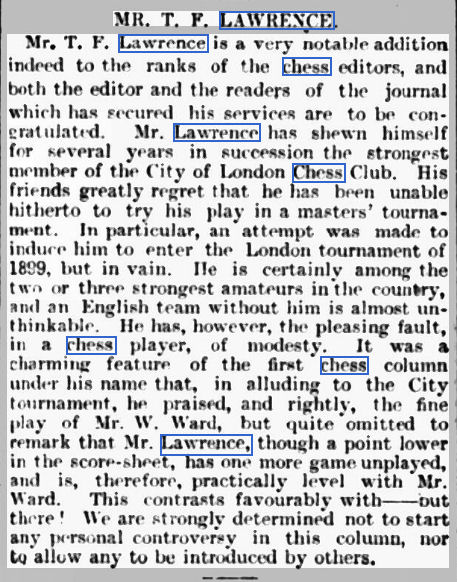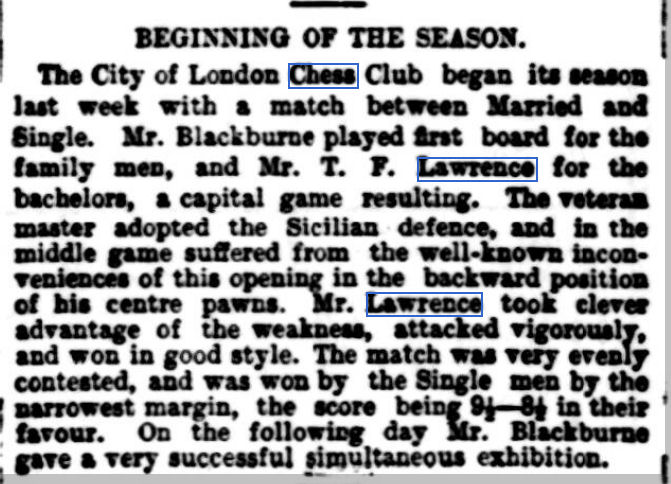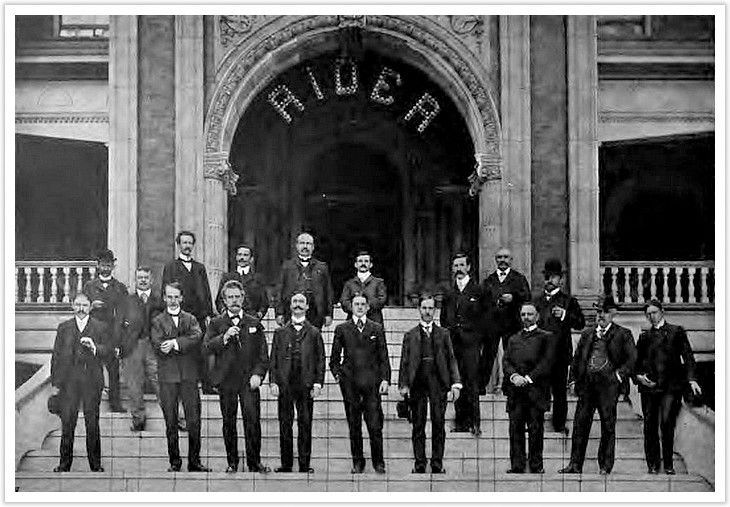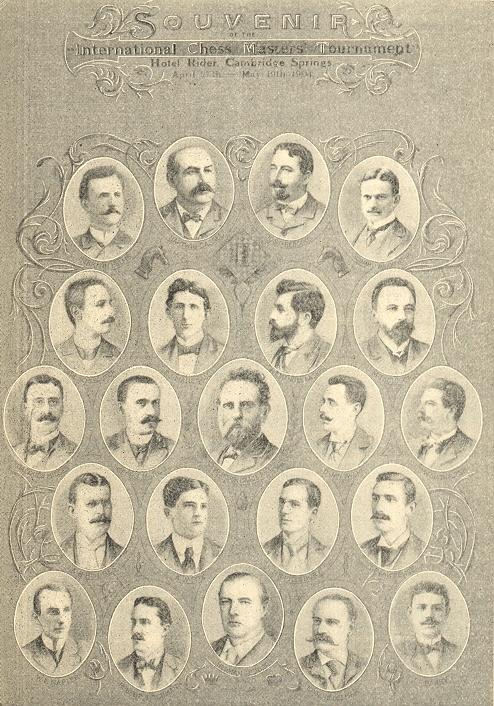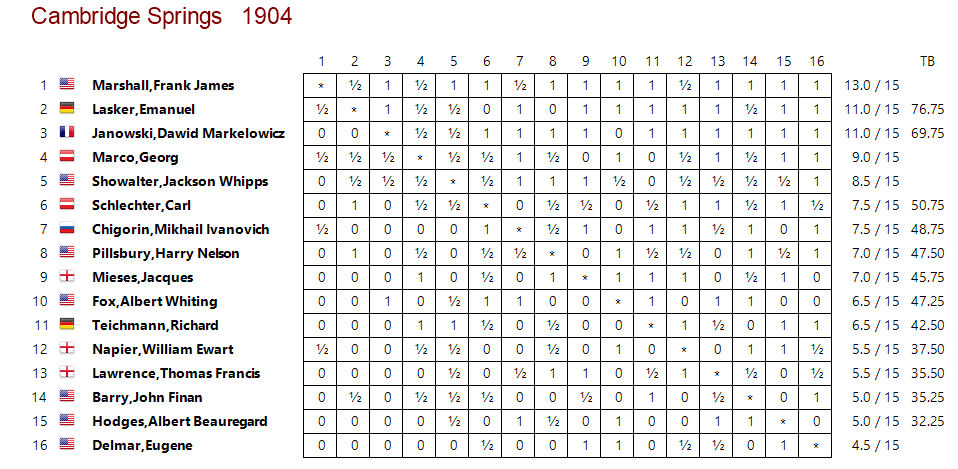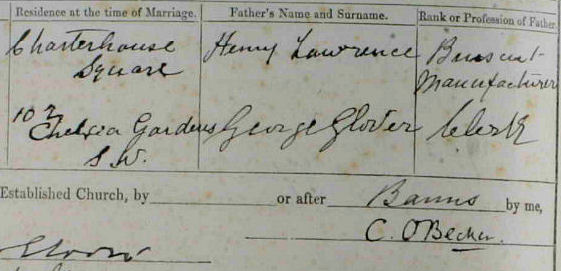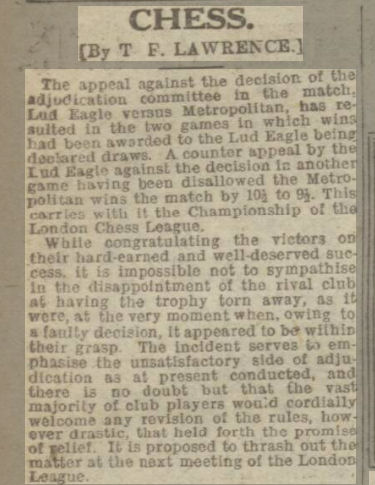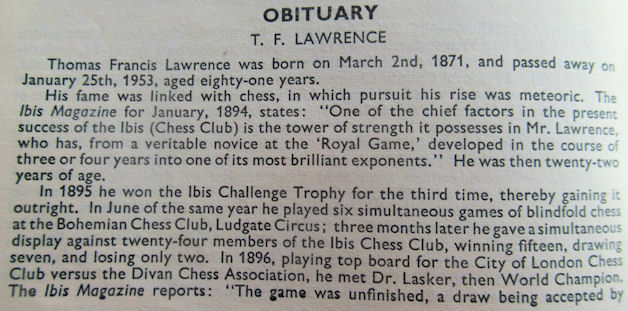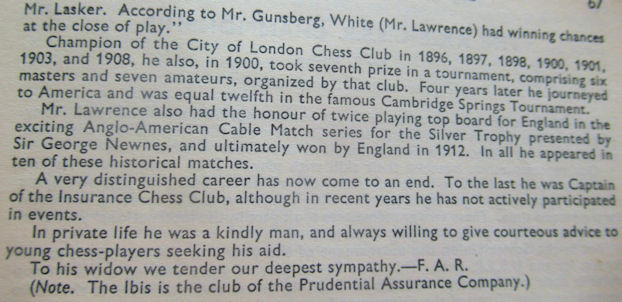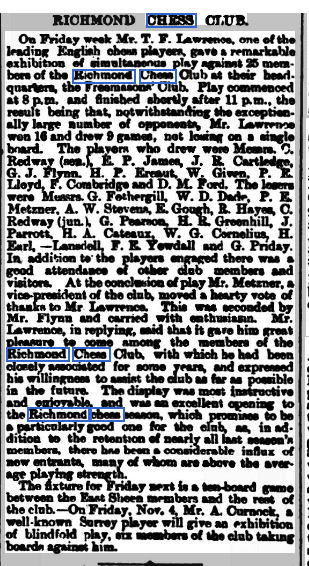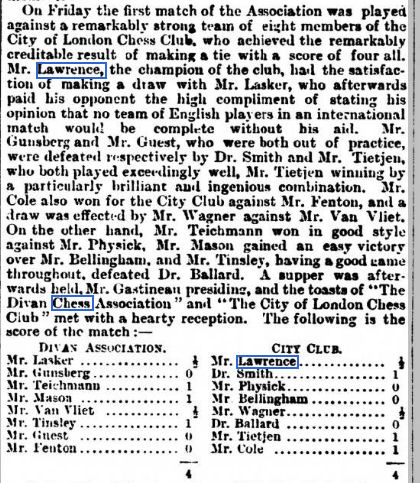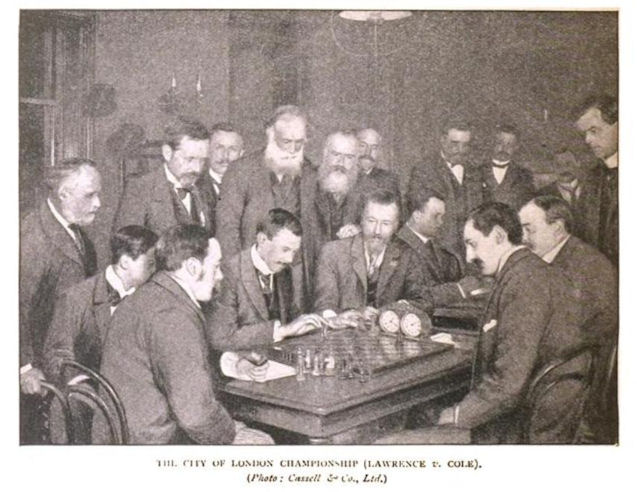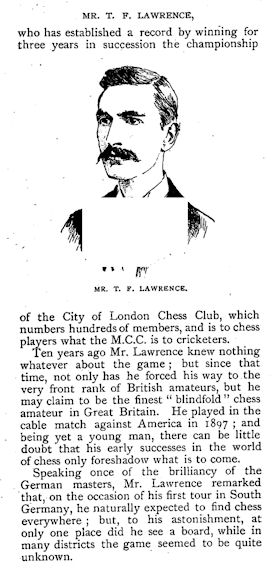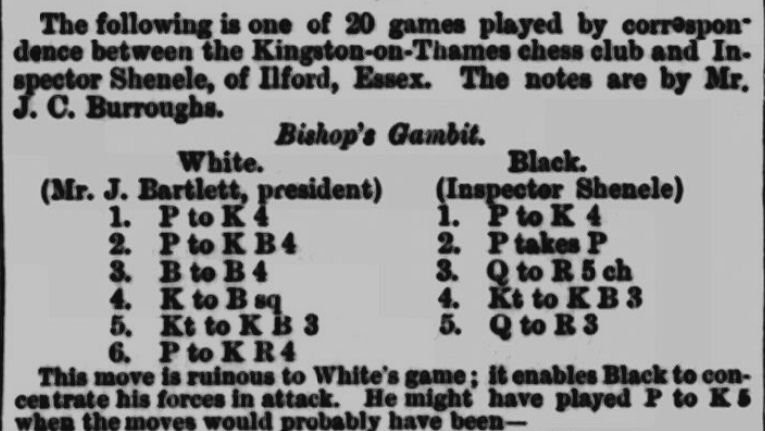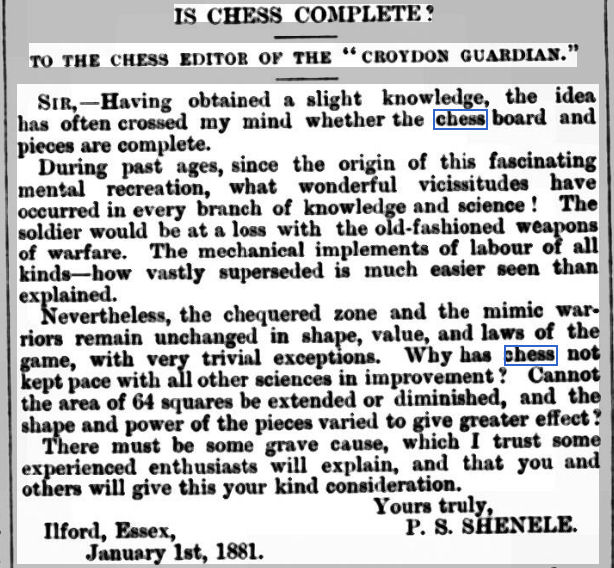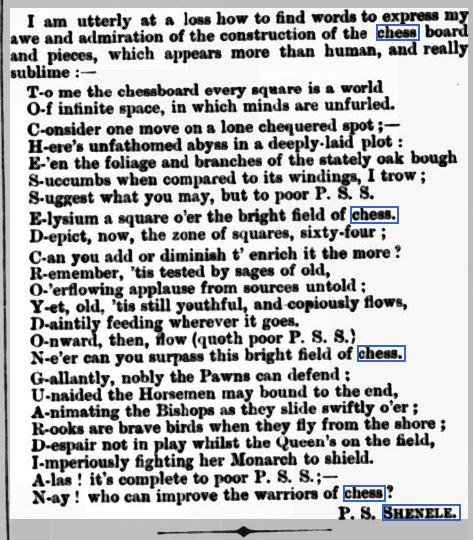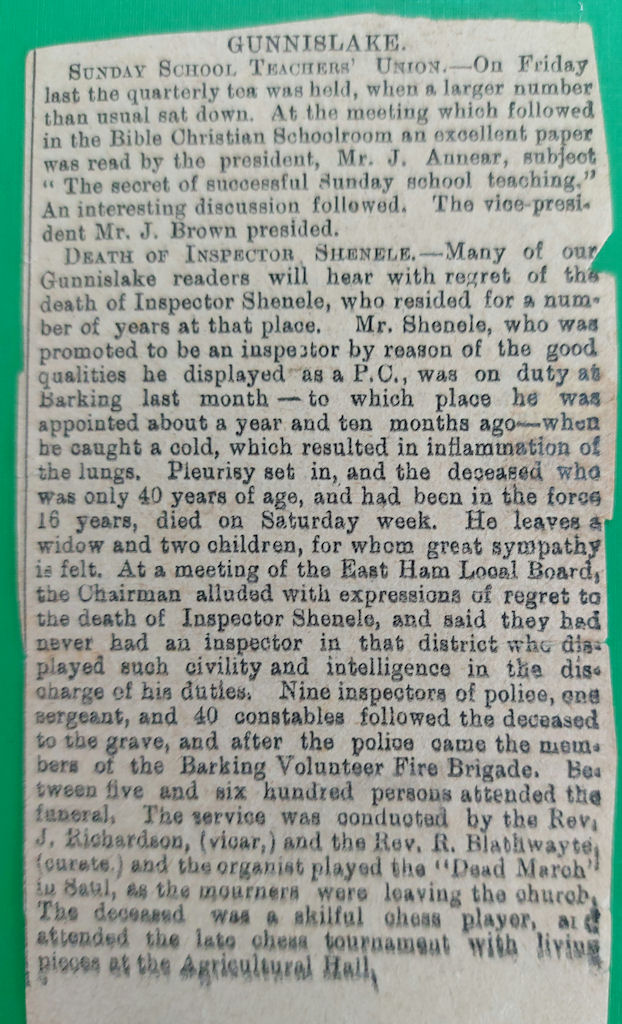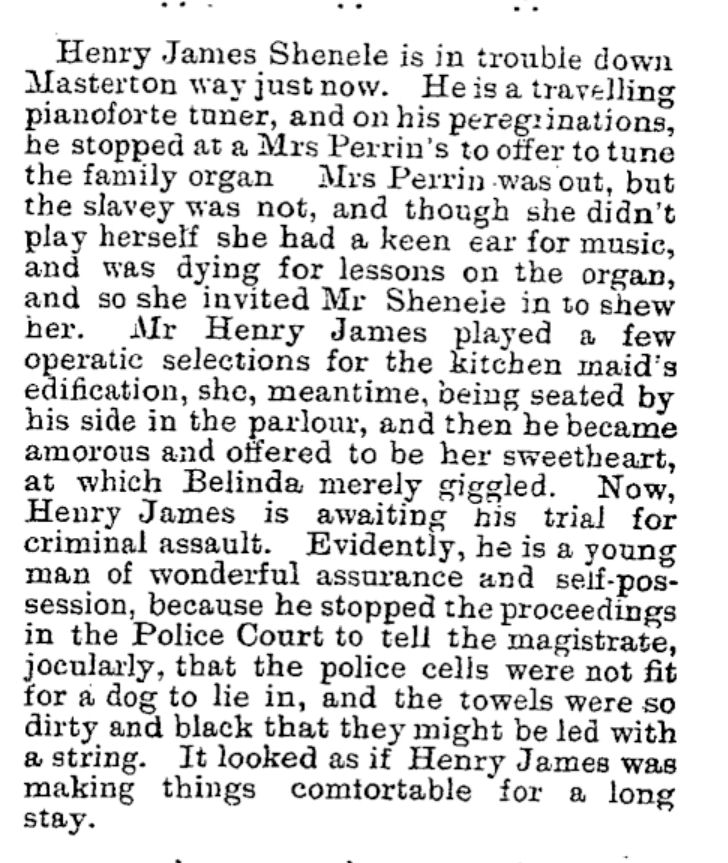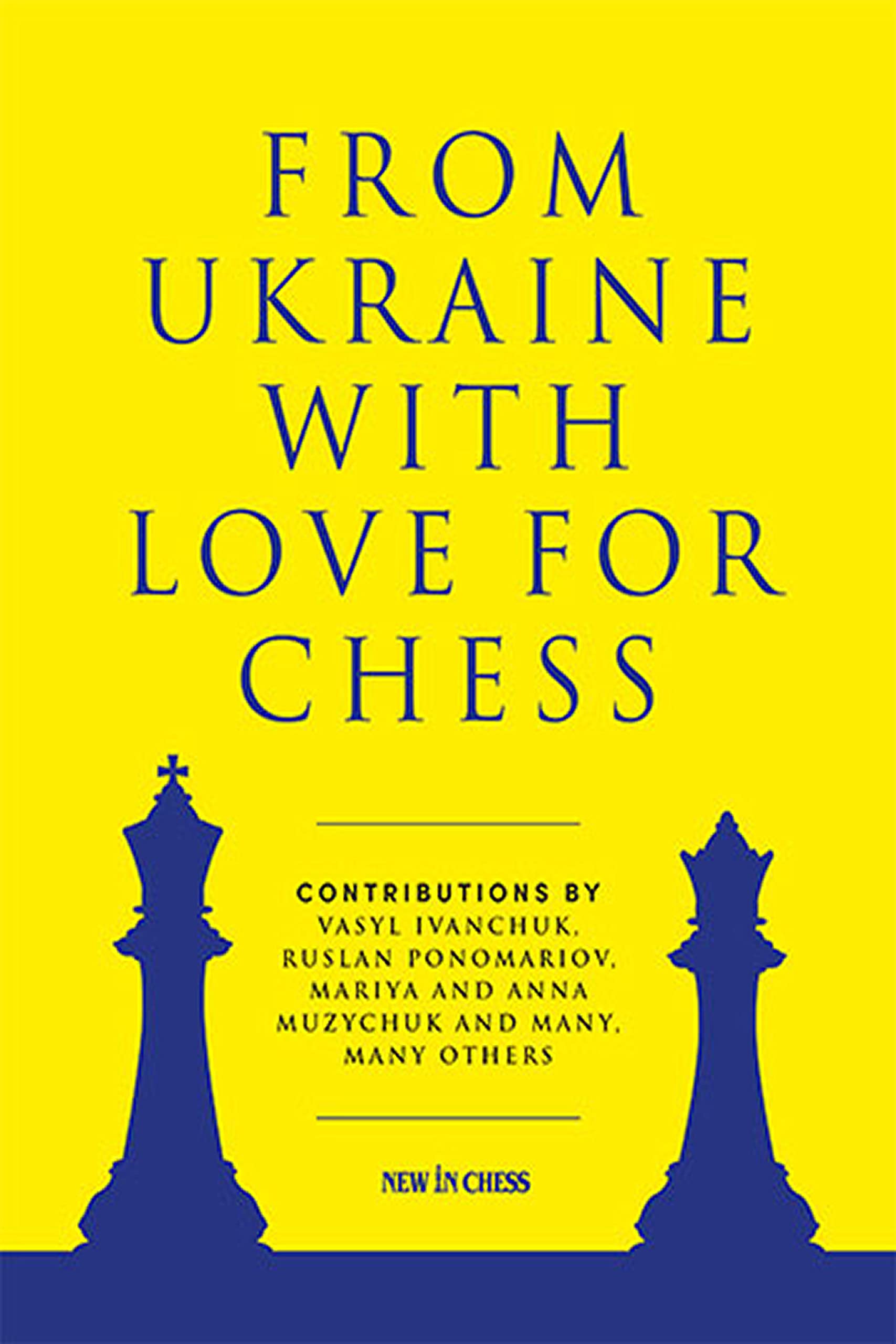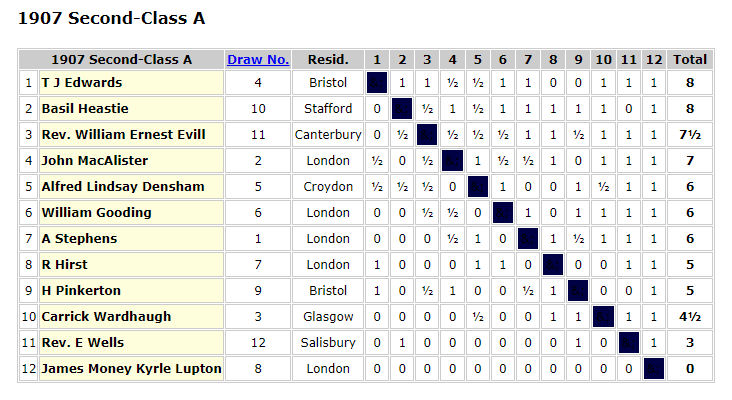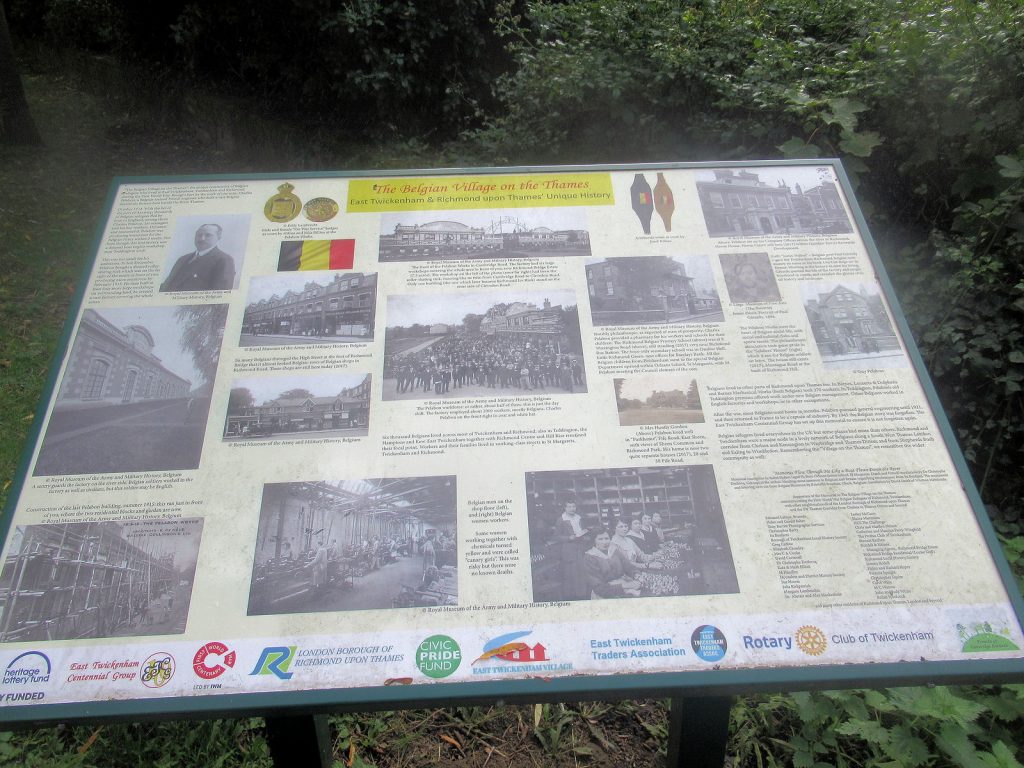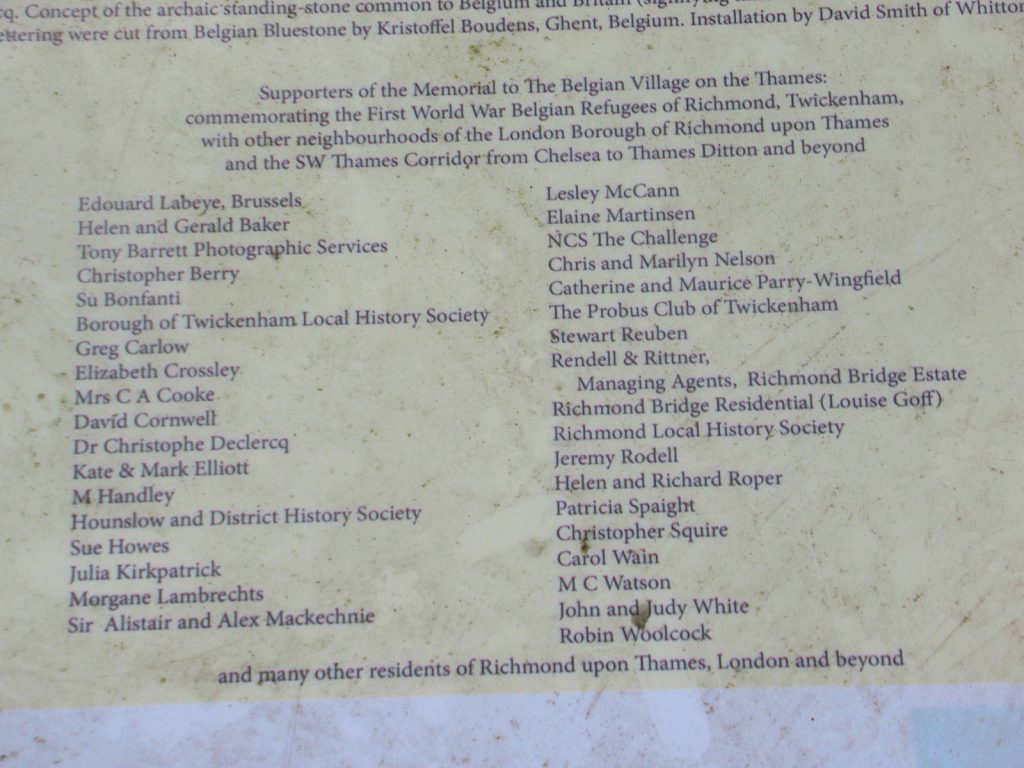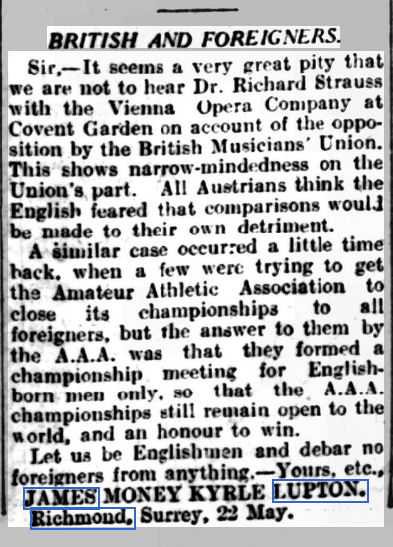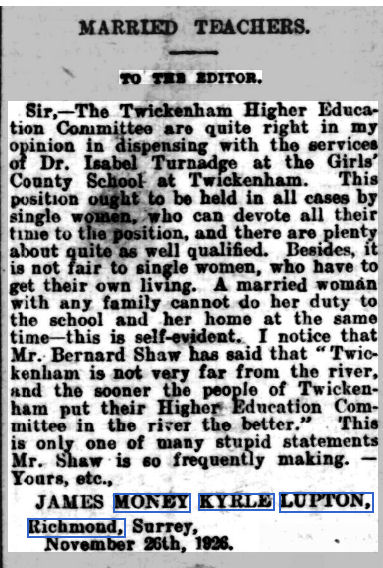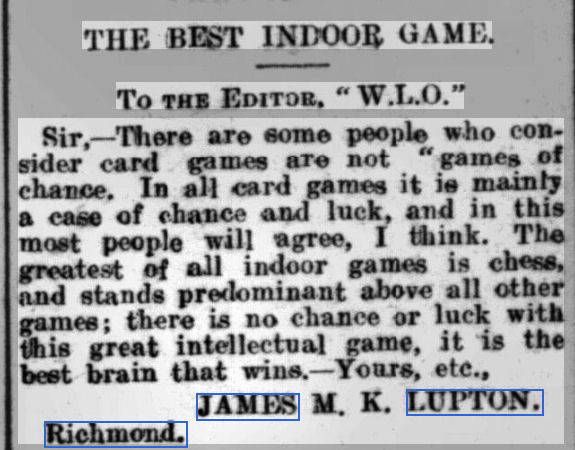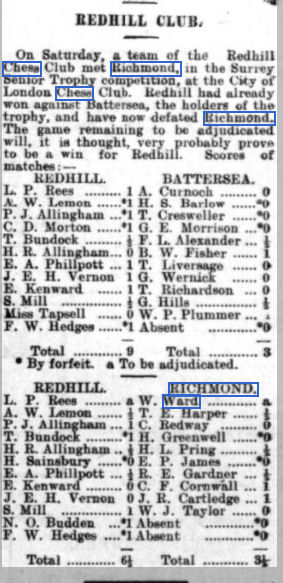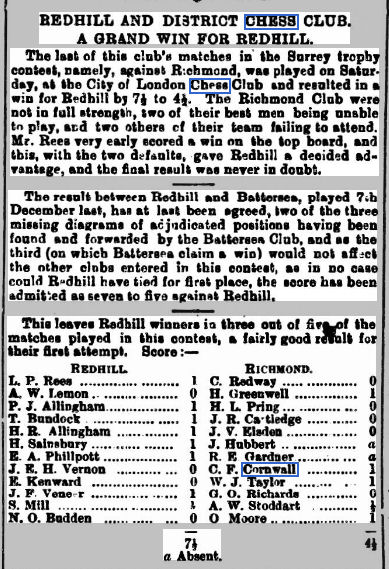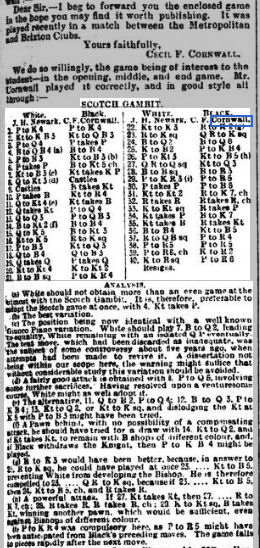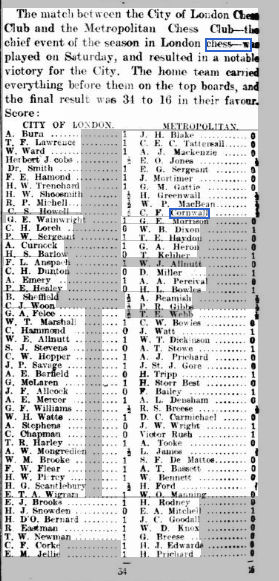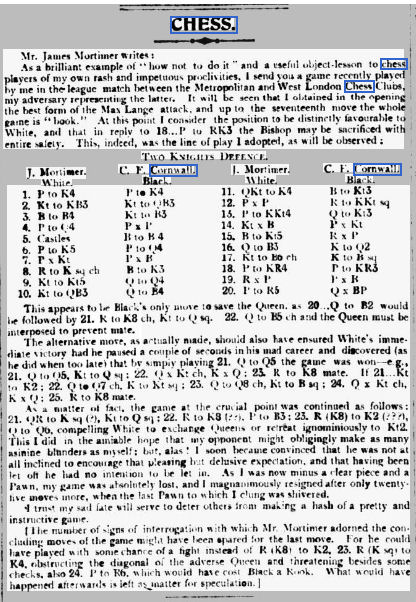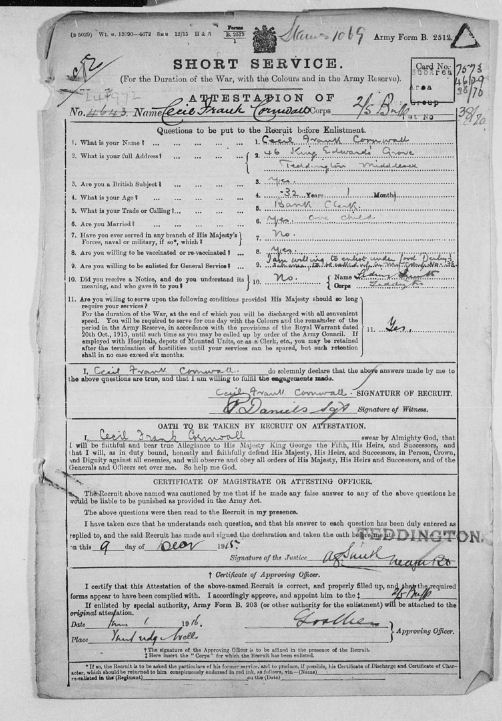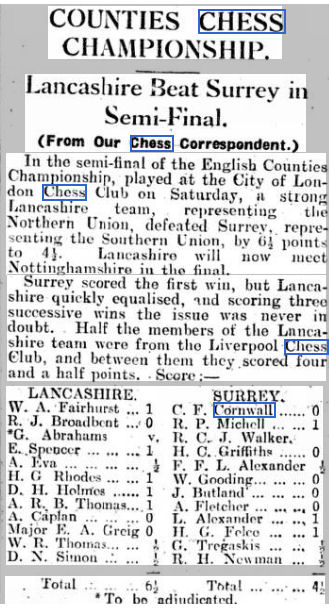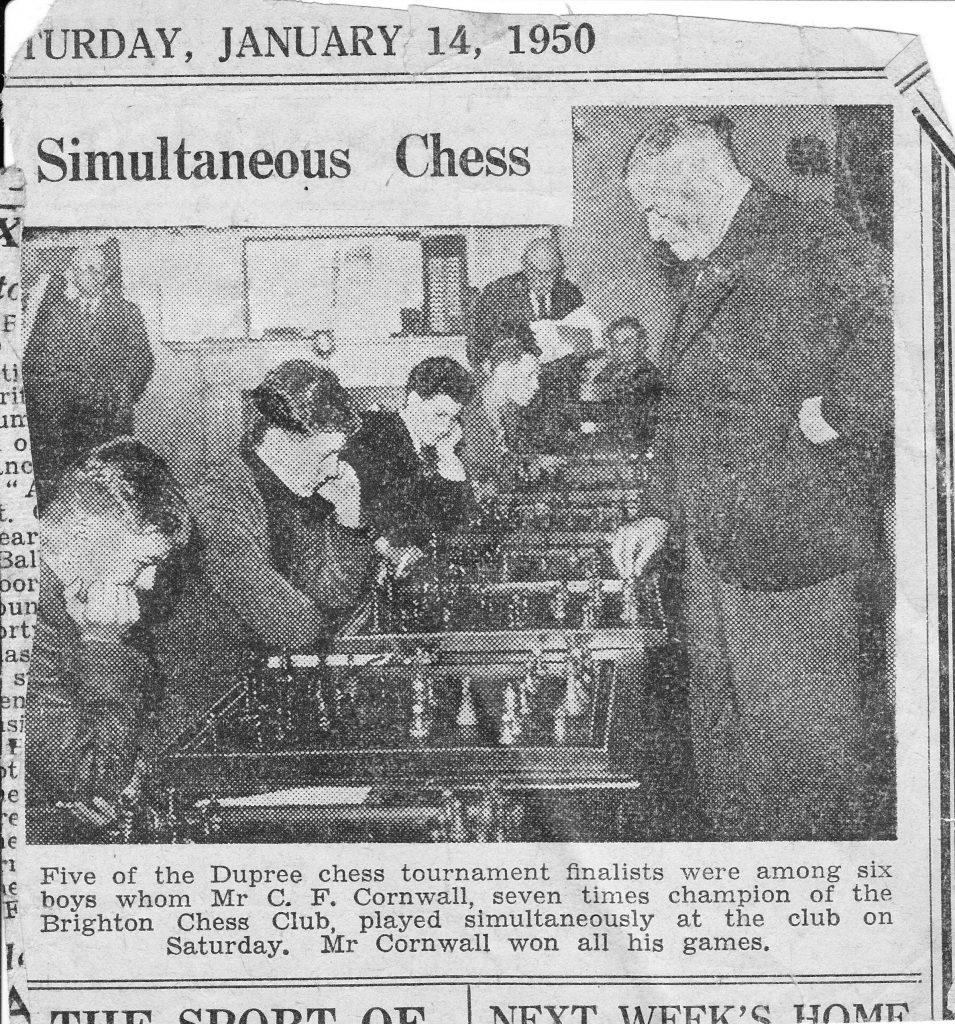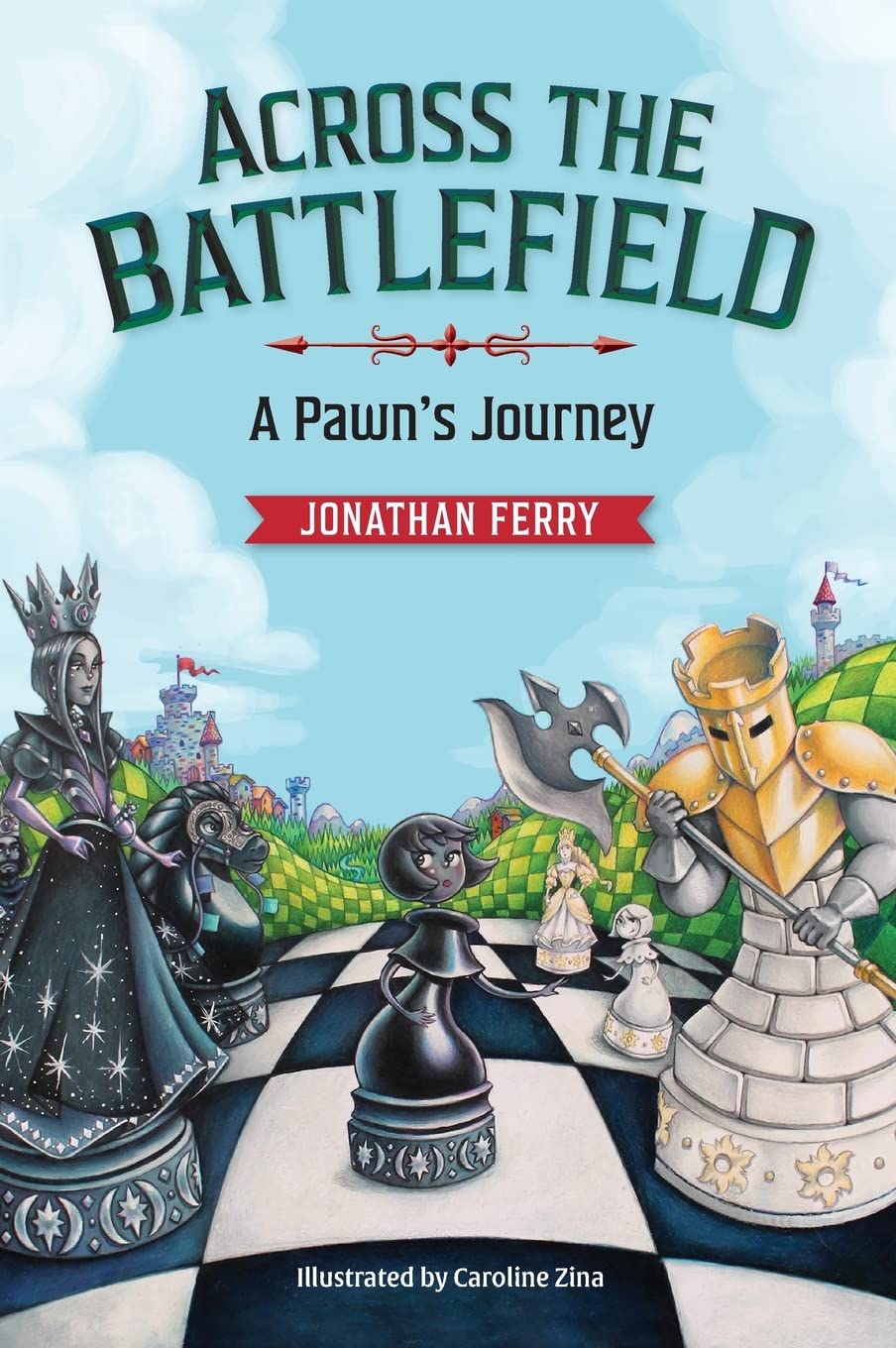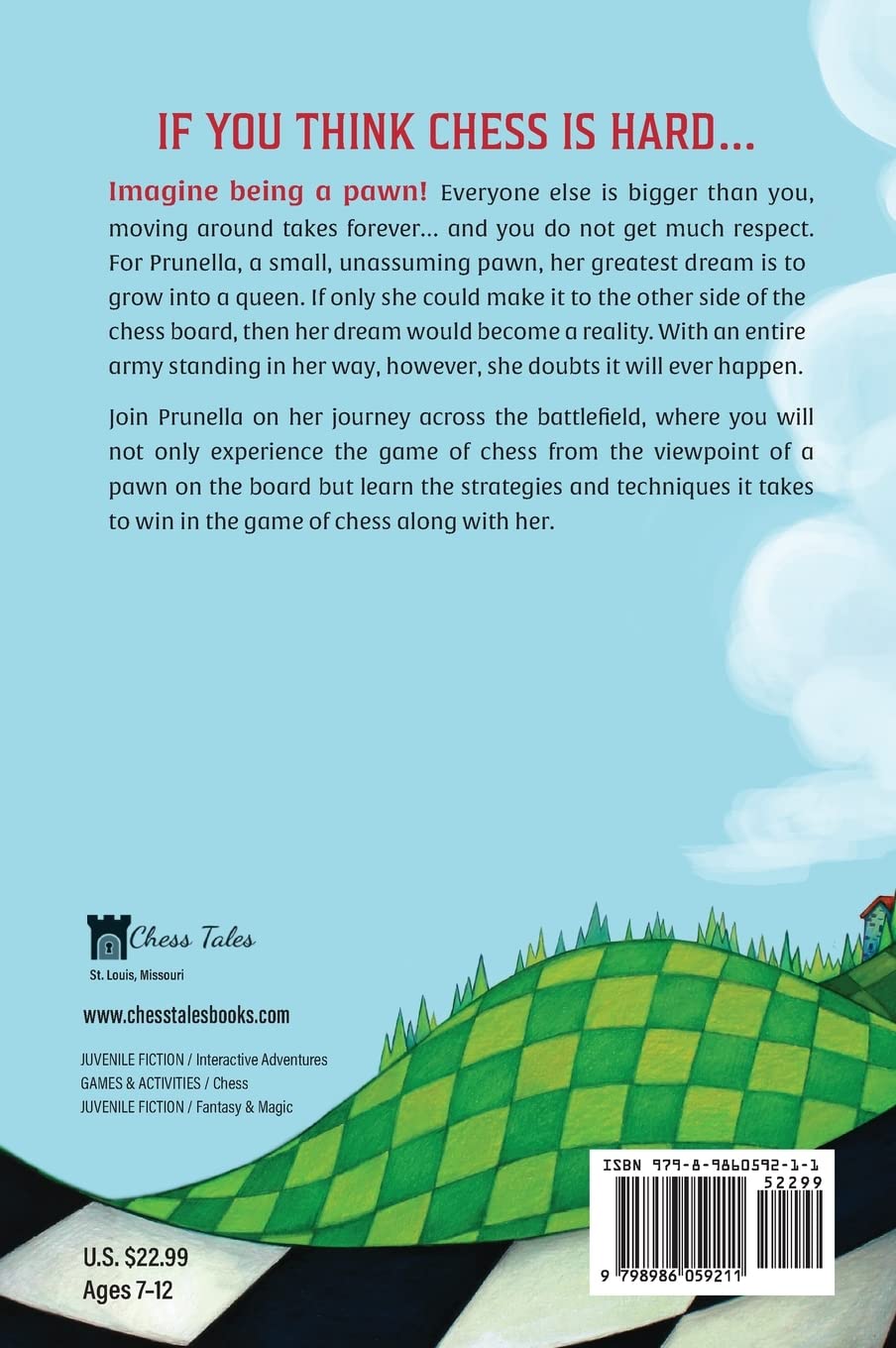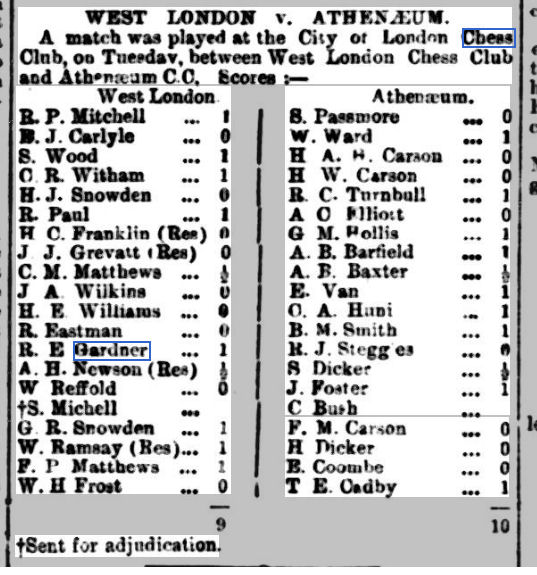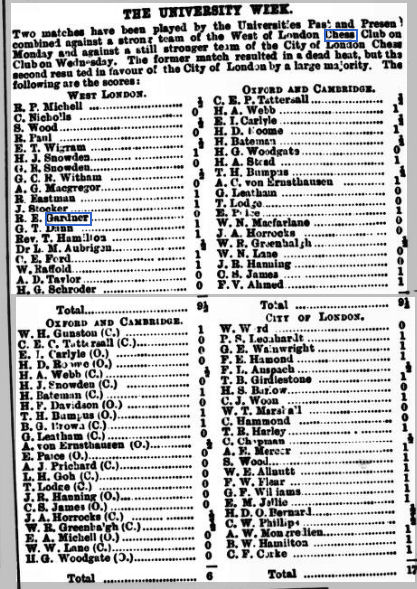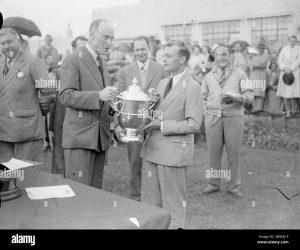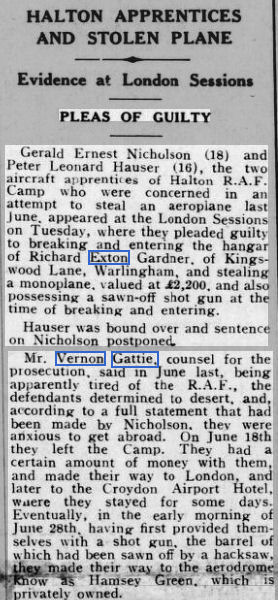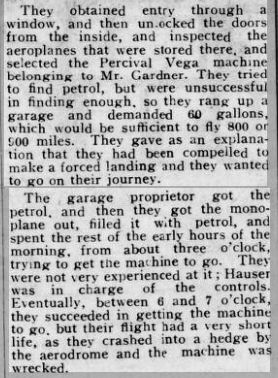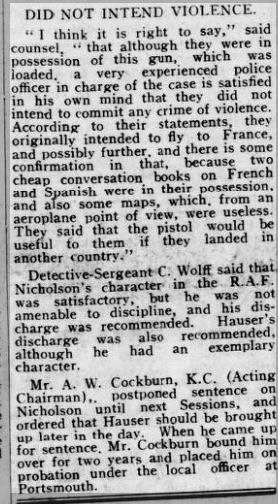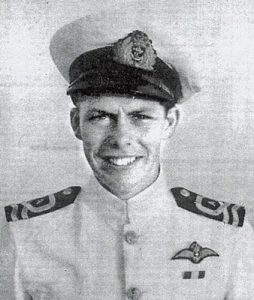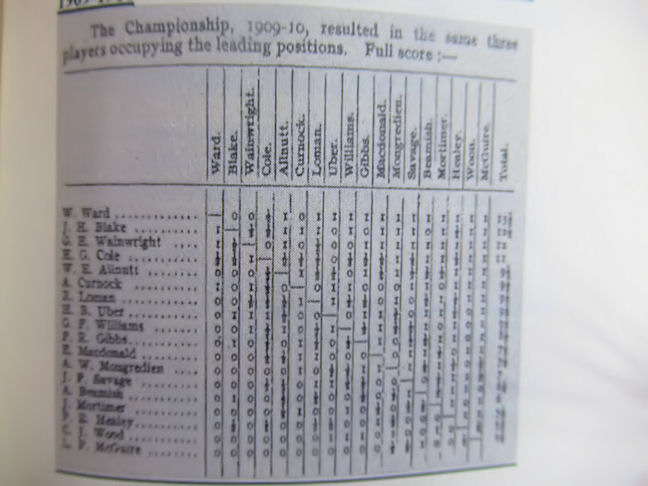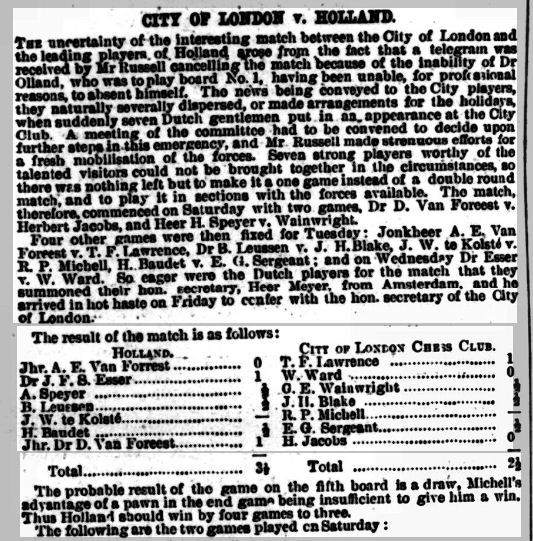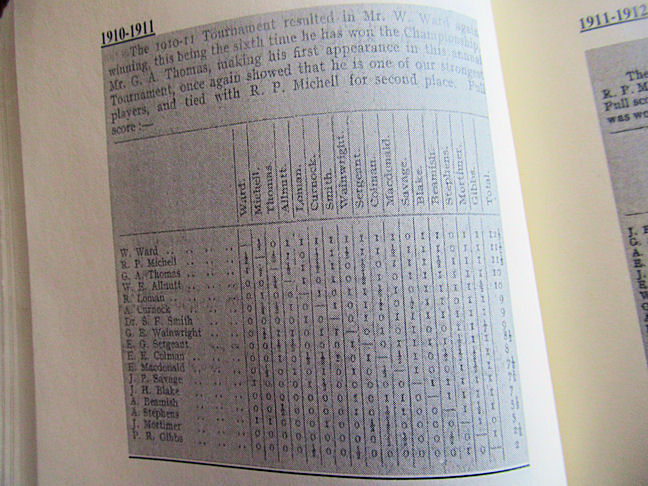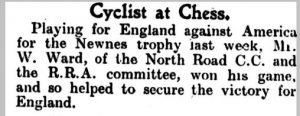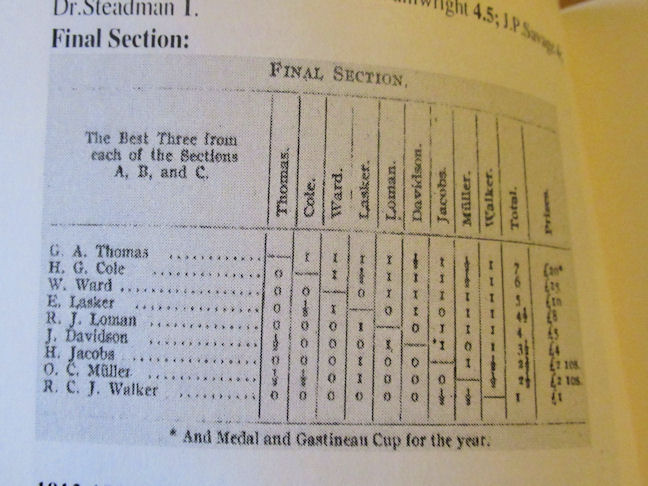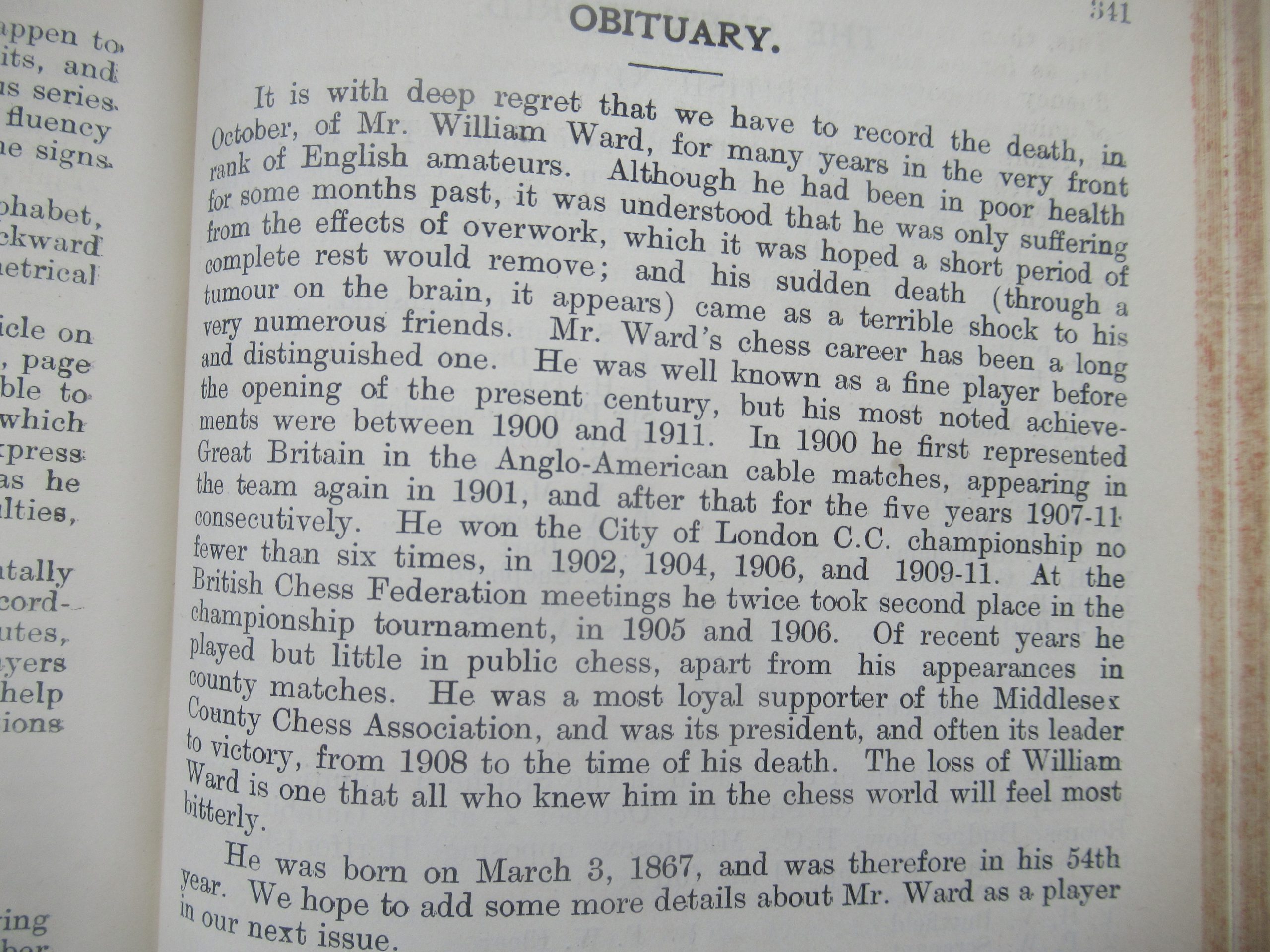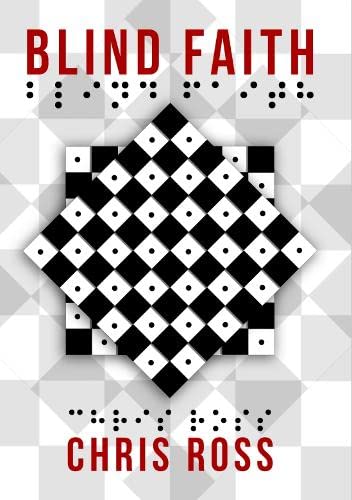
From the publisher:
“Chris Ross has come a long way from the back streets of Middlesbrough to a senior administrative role at Sheffield Hallam University, helping the education of those with a wide range of disabilities. A former teacher, Chris’s natural ability to educate has developed many of his colleagues in UK chess clubs – and not least, fellow members of the Braille Chess Association.
Join Britain’s strongest ever blind player and 2015 IBCA Olympiad silver-medallist Chris Ross on a journey through 80 of his most memorable games. Many years ago Chris elected to follow Botvinnik’s advice by writing deep analysis to his games: initially to better understand his own style, but later because his highly detailed annotations are also highly instructive for weaker players.
This collection charts his journey from turbulent days as a strong club player in 2006 to a more polished and rounded style by 2020. From smooth, positional wins, to bumpy, sharp encounters, we watch and learn with Chris as he develops into a 2250-strength player. The reader will pick up many handy tips to improve their own game: opening repertoire, middlegame and endgames strategies, and – crucially – appreciating how to plan.”

I’ve long thought that, while looking at top level games can be inspirational, you can learn much more either from studying games played at your level and looking at typical mistakes, or from studying games played by someone rated about 200-300 points above you and learning to do what they do.
Chris Ross is about 200-300 points stronger than me, so, at least in rating terms, I might be seen as the ideal reader for this book.
If I look at a Magnus Carlsen game I’d think “Wow! I could never conceive how I could play like that!”, but, looking at a Chris Ross game I might think “Yes! I could learn to play like that by studying his book!”.
I’ve always seen myself, by temperament rather than ability, as a positional rather than a tactical player, but when I played someone of about Chris’s strength I’d often find my opponent would latch onto a, to me, imperceptible weakness, win a pawn and grind me down in the ending. If I ever played Chris, I’m sure the same thing would happen.
Chris is a positional player as well, but, unlike me, he really knows what he’s doing.
Having been coached for many years by GM Neil McDonald has clearly helped.
Here’s Neil in the Foreword:
Many years ago Chris Ross made the excellent decision to follow Botvinnik’s advice by writing deep analysis to his games, and then sending it to his colleagues and friends in the chess world. Many players including myself regularly receive emails with his deep and interesting comments to his games.
and
You can see the outcome of decades of exhaustive and objective analysis in this book. Although Chris has never been a full-time chess player, having pursued a successful career in academia, his approach has always been professional. He has developed an impressive opening repertoire, as well as worked on his endgames and middlegame planning. I hope the reader enjoys this fine collection, and is inspired to follow Chris’s example in studying their own games.
Chris provides the reader with 80 games played between 2006 and 2020, mostly, but not exclusively, games he won.
In his introduction he explains his method of annotating games.
I do not display lengthy variations of computer analysis. Indeed I deliberately avoid many annotated games that possess such streams of text. I find it baffling and unhelpful. So, I do not adopt that style in my own writings. My analysis is instead based on my way of thinking, how I am attempting to obtain something and the such like. Naturally, that may inevitably mean that the annotated game may have flaws in it, due to computer analysis finding a better way to play. This does not interest me either. My intention is to show how I’ve focussed myself mentally and how, through that elaborate dance of non-visualisation and figuring out a way to play the game of chess, I’ve gradually but inevitably improved.
A very unusual approach to annotation, then, and something very different from anything I’ve seen in any other recent book. Another, perhaps, unique, feature of Chris’s annotations is that he provides the opening references at the end of each game rather than incorporating them at the appropriate points. You might think this is an excellent idea, not interrupting the flow of the text, or you might find it rather frustrating. I guess you could argue either way.
One of the things that immediately struck me when reading this book was that, on several occasions, he’d present a diagram of a position which looked to me about equal and claim that one player had a winning advantage. Well, perhaps. We’ll see.
Here’s a particularly interesting example which will give you a flavour of the style of Chris’s annotations, and, perhaps its weaknesses as well as its strengths.
This is from Peter Mercs – Chris Ross (4NCL 2014), with Black about to play his 15th move.
Some extracts from Chris’s annotations:
Ultimately, Black is positionally winning, despite the aggressive potential of the white attack. To fully appreciate the position in its entirety, the actual manoeuvrability of all the forces have to be considered and their fluidity. What is White immediately threatening, and is Black able to react immediately, or slowly against such a threat?
A position deep with potential, but rich in understanding. Consider carefully and read on!
15… Nb8!
A remarkable retreat, which resolves all of Black’s difficulties and puts into place all his positional objectives. In doing so, Black also defends against all of White’s intentions. After this incredibly calm, slow move, White has no real play at all.
Now we have another five paragraphs of explanations and a few variations before:
16. g4
With very little left for White in the position, he pins all of his hopes on a last minute king-side hack, which is doomed to fail from the outset, due to the superiority of the black pieces.
Now, another paragraph and a half of comments.
16… d5
A flank attack is suitably countered by a central attack. Due to the superior positioning of the black forces, the tactics work themselves out.
17. g5 dxe4
After 17… Nxe4 18. Bxe4 dxe4 White can play around the blockading pawn on e4 with his kingside attack still rampaging. The text-move is the calm, simple way to eliminate all the tactics and reduce the white king to an exposed status.
18. gxf6
When we get this annotation:
Only the computer could come out with the variation 18. Bxb5 axb5 19. gxf6 Bxf6 20. Nc5 with seeming equality. No human would play 18. Bxb5 though!
I’m not entirely convinced that no human would play Bxb5. It looks like a fairly natural desperado try to me.
This extract raises all sorts of interesting questions about the nature and purpose of annotations. Chris claims that Black has a winning positional advantage: well, arguably he does, but sometimes tactics get in the way. Objectively, I suppose, the diagrammed position is level, but Black’s positional trumps, as long as he’s aware of what they are, give him excellent practical chances. Chris explains in the introduction that there may be analysis errors, but that’s not the point of the annotations or the book. The important thing is that he’s explaining the strategic ideas of the game and how he decided on his moves.
Different annotators take different approaches, and that is one thing which, in these days of approaching engine perfection, makes our game so fascinating. Should annotators search for the objective truth in any position, justifying their verdict with extensive computer analysis, or should they consider the human angle? Whose position is easier to play? Could you realistically expect players at their level, or at the readers’ level, to find the best moves?
There are some annotators, usually leading GMs, who take the former approach, but Chris, a strong amateur, prefers the latter approach. There’s plenty of room for both. As long as you’re happy to buy into the overall concept, you might find this book a refreshing change.
Chris is very proud of this game, which won a Best Game prize, where he beat an opponent rated almost 200 points above him. (Click on any move for a pop-up window.)
However, Chris comments on move 22 that Black could have tried Qxe2, ‘but this is pretty miserable for him and the white pieces will still swarm all over the black camp’. Stockfish just shrugs its shoulders and tells me it’s completely equal.
I was also impressed by this short game, where he’s merciless against his opponent’s dubious third move.
For some of us, playing a simple but beautiful positional game like this is at least as satisfying as a flashy queen sacrifice. There may not be a lot of tactics in most of the games, but without exception they’re anything but dull: Chris has chosen games of strategic complexity and interest to present to his readers. Contrary to what some people think, positional chess is not synonymous with boring chess. Chris also demonstrates in some of these games that he excels at playing tactical chess when the opportunity arises,
But once he’s reached a winning position, simplicity is the keyword to Chris’s approach. There are several examples in the book where he rejects a quick tactical win which requires calculation, preferring instead a simple positional route which will guarantee victory more slowly. Keep it simple, don’t rush, avoid unnecessary risks and tactics. There are important lessons here for many more impulsive players.
On a personal level, as a lover of words rather than variations, I enjoyed the book very much, although I realise that the annotations may not be to everyone’s taste. You have to accept that not everything will stand up to computer analysis, and that this isn’t really the point of the book. If you work at it, though, it will be well worth your while. I think anyone from, say 1600 to 2200 strength will find a lot of invaluable insight into positional chess within these pages. Perhaps it might even encourage you to start annotating your own games. The book will also appeal to those readers, and I know there are quite a few around, who enjoy collections of games played by amateurs.
As many of the games are against strong English amateurs well known on the chess circuit, you’ll probably find games played by some of your friends included. Chris has moved round the country a lot over the years and played in a lot of different leagues.
Chris plays both 1. e4 and 1. d4 with White, choosing strategically rich variations such as Bb5 lines against the Sicilian, slow d3 lines in the Spanish and the QGD Exchange, and, with Black favours the Sicilian Taimanov/Kan complex and the King’s Indian. If these openings appeal, you’ll find a lot of useful study material in his games.
The book is impressively and refreshingly free from typos, although, if I were to be picky I might suggest that some editing for excessive verbosity and clumsy grammar might have been useful. You might also think, I suppose, that a more ‘chessy’ title would be preferable to the name of a short-lived 1969 supergroup.
But, for many reasons, this is an inspirational book. You may well, quite rightly, be inspired by how Chris has overcome his disability to become a formidably strong player. You might also be inspired to take his approach to chess improvement: to hire a GM coach, to annotate your games deeply (preferably without too much engine assistance) and send them to your friends and colleagues asking for their suggestions. You might be inspired to improve your positional play and strategic understanding, using Chris’s annotations as a starting point, or to take up the Sicilian Taimanov or another of his favourite openings.
Perhaps not a perfect book, and perhaps not to everyone’s taste, but if you’re happy with the style of annotations it’s highly recommended for readers looking for a very different approach to chess. You can find some sample pages, including a couple of complete games, on the publisher’s website here.
Richard James, Twickenham 24th August 2022

Book Details:
- Softcover: 421 pages
- Publisher: Steel City Press (23 May 2022)
- Language: English
- ISBN-10:1913047318
- ISBN-13: 978-1913047313
- Product Dimensions: 250mm by 176mm
Official web site of Steel City Press


